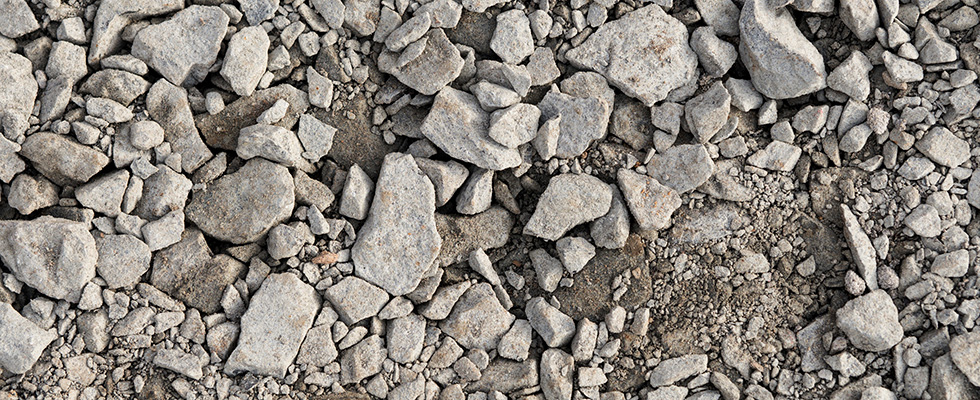
Concrete, gravel, and other aggregates are essential in commercial construction. Every road and driveway was created with these versatile building materials, and we bet you’ve seen them at work near your home or office.
If you’re looking for a way to make your residential or commercial construction project more durable, then aggregates should be your go-to solution! In this blog, we’ll cover why they’re so important to construction projects of all kinds.
Introduction to Aggregates in OKC
Aggregates are inert, granular materials that are used as components in a wide range of construction applications. Aggregates come in many forms and sizes, depending on the intended use. Common sources include gravel, crushed stone, sand, and recycled concrete aggregates.
Aggregates can also consist of natural materials such as volcanic ash, limestone, or granite for road construction or decorative features such as water features or garden beds.
The primary use of aggregates is for making concrete. They provide strength and durability to a structure by binding together other materials such as cement or asphalt to form a cohesive mixture that can be used for construction purposes. Aggregates also make good road paving material due to their ability to resist deterioration from vehicular traffic and weather exposure. Additionally, aggregate can contribute to the aesthetics of a finished project when selecting raw materials for decorative features like pathways or garden edging. The range of colors available with different types of aggregate makes it possible to create visually appealing effects that cannot be achieved with other building materials alone.
Types of Aggregates
Aggregates, also referred to as both concrete aggregates and construction aggregates are key components in roads, driveways, and other building projects like bridges. Aggregates consist of gravel, sand, crushed stone, and slag. All of these materials are available in several sizes and colors to create the exact mixture needed for any project.
Below is an overview of the four main types of aggregates used in construction:
- Gravel: Gravel is one of the most common materials for constructing both permeable surfaces and non-porous surfaces. Common colors range from light gray to dark gray and brown. Gravel comes in flats or round shapes with sizes generally ranging from 3/8 inch to 4 inches. It can be used as a base layer or surface layer depending on the size chosen.
- Sand: Sand is used mainly for creating mixtures like concrete when mixed with gravel and cement powder or mortar when mixed with mid-range aggregate sizes such as stones or pebbles as well as hydrated cement. Common colors range from grayish-white to tan depending on it's mineral content. Sand’s size range varies from 0-2mm through 2-4mm all the way up to 8-10mm often referred to as pea gravel which can be found naturally in a variety of colors such as white, red, and grey ore even blue at times if the colored glass has been previously mixed into it.
- Crushed Stone: Crushed stone is an angular rock composed mainly of silicate granules that are available in various sizes based on their composition geometry; these grains usually come in natural shades like grey whites greens etc...but can also find more colorful variations resulting from past recycling efforts like utilizing colored glass shards which were previously melted down beforehand into a usable form( though usage oftentimes carries additional cost applying ). Depending on its purpose crushed stone size may vary between 3/8 inch up to 4 inches while graded variations help determine texture quality and consistency.
To form a solid base for many roads a mix of coarse aggregates can be used depending on the type and frequency of traffic loading combined with physical characteristics such as:
- Gradation (specific particle sizes),
- Angularity (uniformity) and shape which can affect stability under repeated loads from traffic.
Tips for Using Aggregates in Construction
When you decide to use aggregate materials for your construction projects, it is important to understand what types of aggregate are available and how you should use them. Knowing this information can help you make the most of your materials and ensure that the end product is structurally sound and long-lasting. Below are some tips to consider while using aggregates in construction.
- Choose the right aggregate: Take into consideration the type of project you’re working on before selecting an aggregate material. The aggregate can vary significantly depending on your project and its needs so be sure to select one that will fulfill those requirements.
- Budget accordingly: When budgeting for a project that requires aggregates, make sure you consider any additional associated costs like transportation and installation fees associated with using them.
- Test the strength: Always conduct compressive strength tests on the material to determine its strength, especially if it’s being used in a building or other structure that needs extra support due to its weight or size.
- Understand haul distances: Consider hauling costs when using aggregates in construction as they can be expensive when going over greater distances or when working with a heavier volume of materials overall.
- Prepare an adequate surface: Depending on which type of aggregate is being used, ensure that there is an adequate surface prepared before placement in order for it last longer and resist erosion better over time – something that pro tip comes especially handy while constructing driveways or paths made out of gravel or stone-aggregates mix!







